Join Fusion’s SEO team as they round up last month’s major industry updates.
GOOGLE’S NEW ALGORITHM: BERT
The biggest news of the month came with the announcement of a new search algorithm from Google, BERT. A natural language processor (NLP), BERT provides Google with a heightened ability to understand the context of search queries.
For example, the algorithm can assist Google to determine when prepositions such as “on” or “to” matter to the entire meaning of a phrase. This ultimately helps Google to display a result which best matches search intent, as in the example below comparing a pre and post-BERT result for the same query:
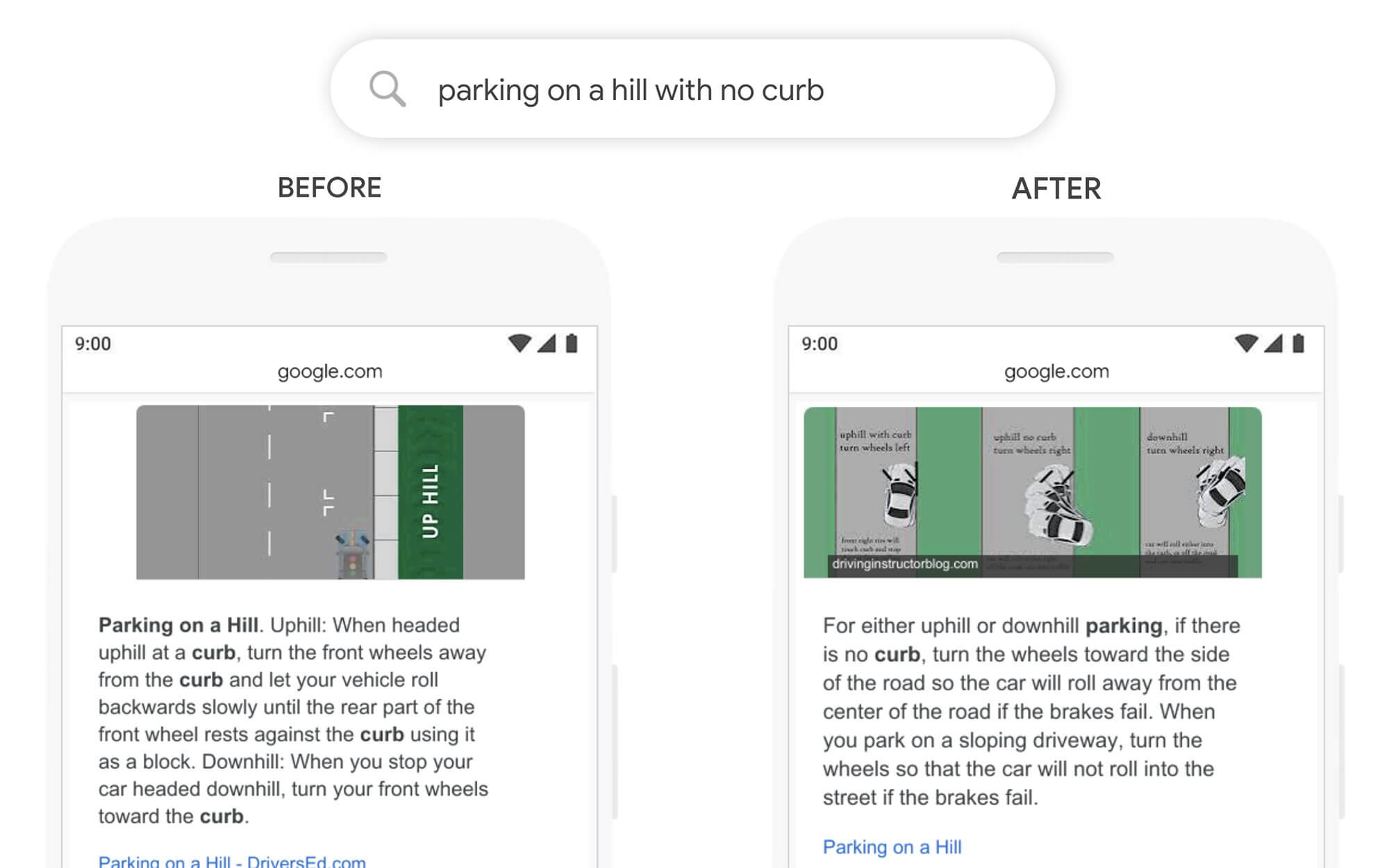
Google have stated that BERT is working alongside the existing RankBrain algorithm, and will affect around 10% of all search terms and structured snippets.
BERT is currently live for search terms using U.S English, and will be rolled out for other languages in the near future.
For more information on BERT, take a look at our dedicated blog post…
GOOGLE CRACKS DOWN ON MIXED CONTENT
With the next few iterations of Chrome planned to release over the next few months, Google have announced that these forthcoming updates will be taking incrementally harsher stances against mixed content.
Mixed content refers to instances where both HTTP and HTTPS resources, such as images or iFrames, are contained on a site.
Chrome is currently on version 78, and by release 81 Google expect to have implemented the below updates:
- In Chrome 79, set to be released to a stable channel in December 2019, Google will introduce a new setting to unblock mixed content on specific sites. This setting will apply to mixed scripts, iFrames, and other types of content which Chrome currently blocks by default. Users will be able to toggle this setting by clicking the lock icon on any https:// page and selecting the Site Settings option. This is set to replace the shield icon displayed at the right side of the address bar in current versions of desktop Chrome, which is currently used to unblock mixed content.
- In Chrome 80, set to be published to early release channels in January 2020, mixed audio and video resources will be auto-upgraded to https://. If these resources then fail to load over htttps:// they will be blocked by Chrome. Users will be able to unblock any mixed audio or video resources via the method released in Chrome 79.
- Also in Chrome 80, mixed images will still be allowed to load, but will cause Chrome to show a “Not Secure” chip in the address bar. We anticipate that this is a clearer security UI for users and that it will motivate websites to migrate their images to HTTPS. Developers can use the upgrade-insecure-requests or block-all-mixed-content Content Security Policy directives to avoid this warning.
- In Chrome 81, mixed images will be auto-upgraded to https://, and Chrome will block them by default if they fail to load over https://. Chrome 81 will be released to early release channels in February 2020.
For more information on these updates within Chrome, please see our dedicated blog post…
GOOGLE DEPRECIATE CORPORATE CONTACT MARKUP
Corporate contact markup , often implemented with the contactPoint schema, allowed companies to add their contact information to Google’s knowledge panel.
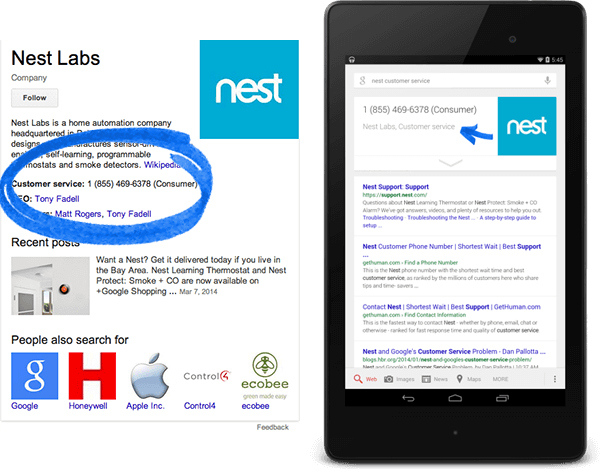
In October, Google announced that this method of adding corporate contact information to knowledge panels is now depreciated. As an alternative, if a company is verified as an official rep of a Google knowledge panel, they will be able to suggest changes to corporate contacts via the knowledge panel support page.
AUTOMATIC LAZY-LOADING HAS COME TO CHROME LITE USERS
Automatic lazy-loading is a feature enabled for all Chrome 76 users, allowing images and iFrames with the `loading` attribute to be lazy-loaded with the following options:
- auto: Default lazy-loading behaviour of the browser, which is the same as not including the attribute.
- lazy: Defer loading of the resource until it reaches a calculated distance from the viewport.
- eager: Load the resource immediately, regardless of where it’s located on the page.
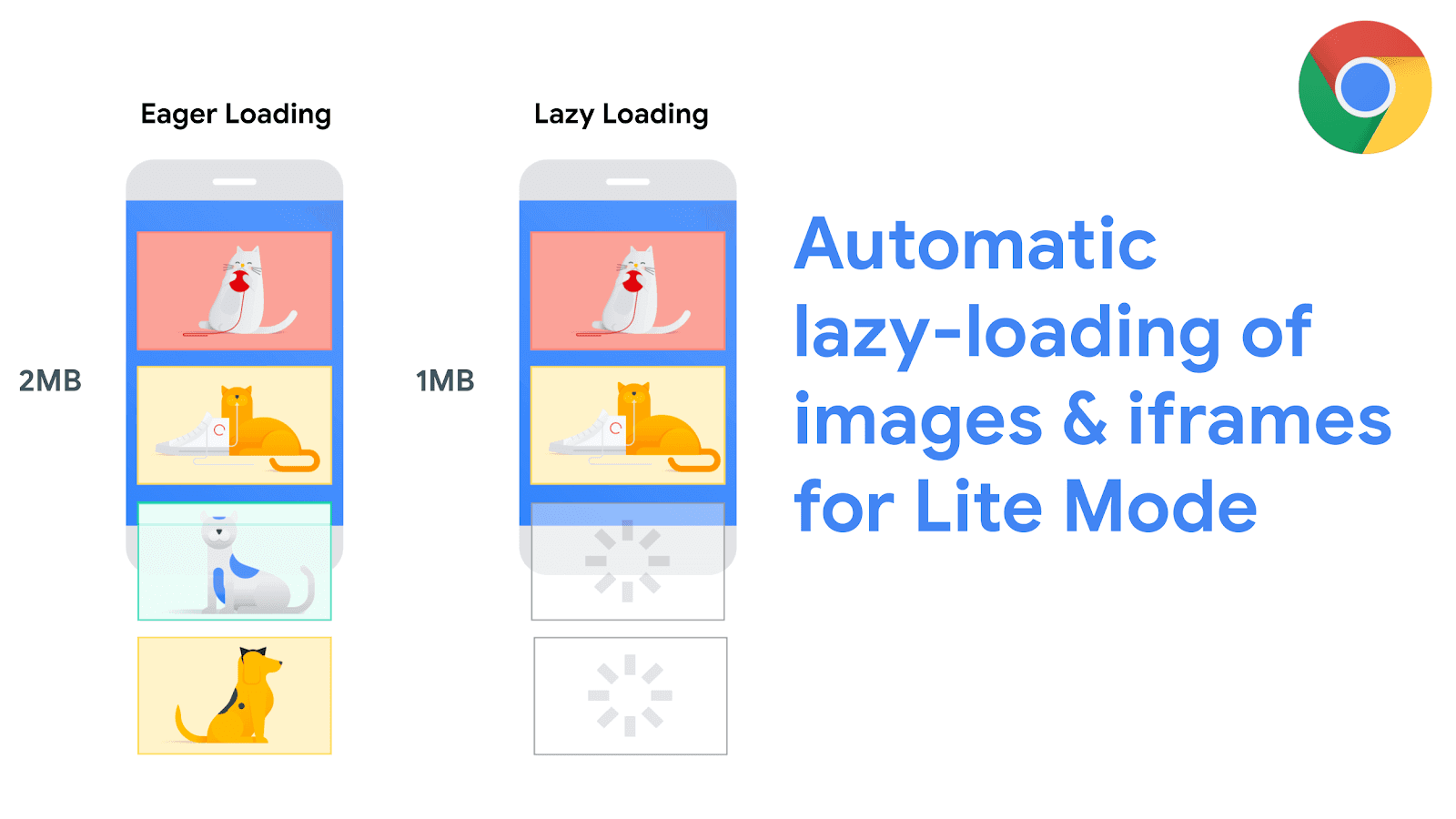
Now, this feature has been made available for lite mode users in Chrome 77. Chrome 77 will allow any <iframe> or <img> with the loading attribute value of `auto` to be eligible for Lite Mode’s automatic lazy-loading. This includes <picture> elements and CSS background images.
In Google’s experiments, native lazy-loading of images and iframes yields a ~10% reduction in bytes downloaded per page at the 75th percentile and an 8% reduction in overall downloaded bytes for the median user. Automatic lazy-loading also led to a 1-2% improvement in First Contentful Paint at the median, a 2% improvement in First Input Delay at the 95th percentile and a 0.7% improvement in median memory reduction per page.
Native lazy-loading is currently supported by the following browsers:
- Chrome 76+
- Chrome for Android 78+
- Android Browser 76+
- Opera 64+
GOOGLE ADD NEW VIDEO REPORTS TO SEARCH CONSOLE
Two new video reports are now available to users of Google Search Console, providing information on video content displayed within search results, the video search tab, and Google Discover.
The first of these reports is the Video Enhancement Report, which allows webmasters to see any errors and warnings for any video schema implemented on a website.
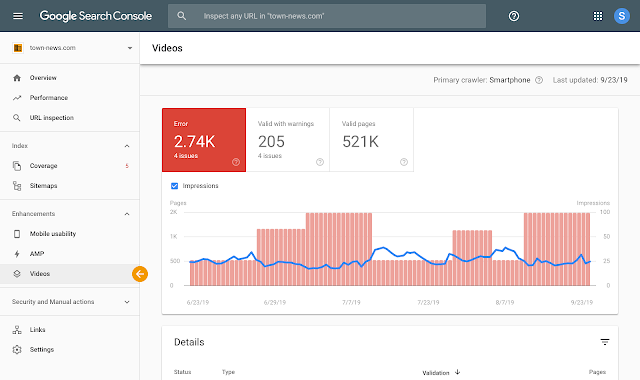
The second of these reports is the Video Performance Report. This will allow users to view the performance of videos within the video tab and main search page, by segmenting by “type = web”. Users will also be able to view Google Discover video performance by using the “search appearance” tab.
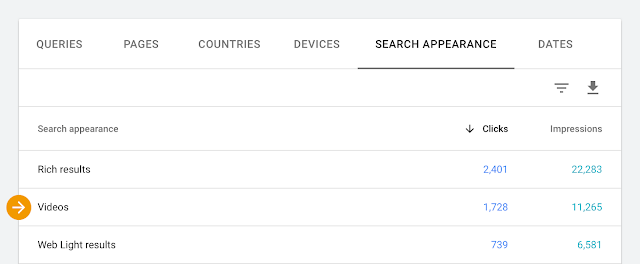
For users utilising the VideoObject schema these reports will allow a quick view on how videos are performing, along with providing an overview of whether schema is implemented correctly.
For information on last month’s major industry updates for social media, please see our monthly social blog…
by Zack Cornick





